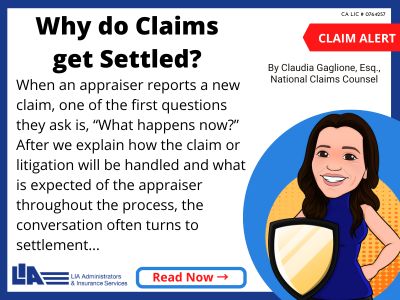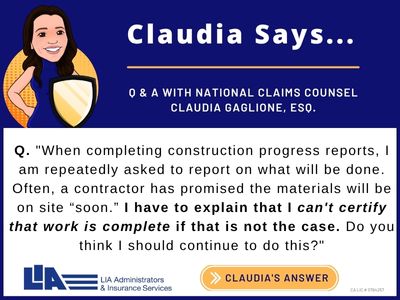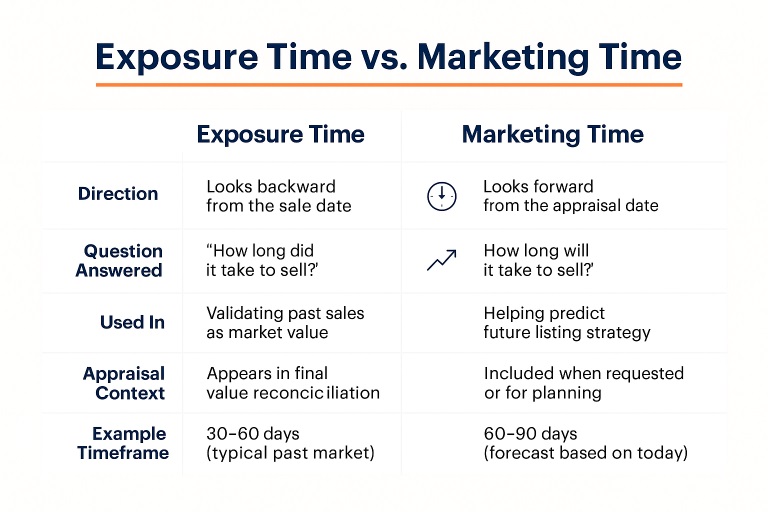Newz: 12 Appraisal Myths, Appraisal Bias Lawsuit
August 8, 2025
What’s in This Newsletter (In Order, Scroll Down)
- LIA AD: Legal Request for Old Appraisal
- 12 Common Appraisal Myths/Misconceptions by Tom Horn
- $750K Hobbit-Style Bunker in Tennessee Puts a Unique Spin on Underground Living
- The Appraiser’s Market Compass: Navigating the Summer 2025 Housing Landscape By Kevin Hecht, Appraiser and Economist
- Appraiser questions answered: Interview with Craig Capilla, Attorney
- No, Appraisers Didn’t Cause America’s Racial Wealth Gap by Jeremy Bagott
- Mortgage applications increased 3.1 percent from one week earlier
Click here to subscribe to our FREE weekly appraiser email newsletter and get the latest appraisal news
————————————————
————————————————–
12 Common Appraisal Myths/Misconceptions
By Tom Horn
Excerpts:
1. Appraisers Rely Primarily on Price Per Square Foot
This is probably the most common misunderstanding I run into.
Yes, price per square foot is one of many tools we use to analyze value—but it’s not the whole story.
2. Appraisals Are Just a Quick Comparison of Recent Sales
Some folks think appraisers pull the three most recent sales and call it a day.
In reality, it’s much more involved. We look at a wide range of comparable sales, analyze market trends, make adjustments for differences between properties, and apply professional judgment.
3. Appraisals and Home Inspections Are the Same
This is a big one for homeowners and buyers.
Home inspections focus on the condition and function of the property—things like the roof, HVAC, plumbing, and safety issues. The inspector is looking for problems.
Appraisals, on the other hand, are focused on value. We observe the overall condition, yes, but we don’t test systems or check for code compliance.
4. Automated Valuation Models (AVMs) Like Zillow Zestimates Are Equivalent to Appraisals
Zillow can be helpful for a ballpark estimate, but it’s not an appraisal.
AVMs use algorithms, public data, and sometimes outdated or incorrect info. They don’t know if your kitchen was remodeled last year or if the neighbor’s home was a distressed sale.
5. The Purpose of the Appraisal Changes the Value
This one trips people up sometimes.
They’ll ask, “What’s the value for a refinance?” or “How much is it worth for a divorce?” as if the answer changes depending on why we’re appraising it.
To read the details and all 12 reasons, Click Here
My comments: Read this blog post. It can help you keep out of hassles and problems when appraising. When you get asked these questions you will know how to respond. Written for real estate agents, buyers, sellers and many other people but excellent tips for appraisers.
————————————————————————————–

$750K Hobbit-Style Bunker in Tennessee Puts a Unique Spin on Underground Living
Excerpts: 3 bedrooms, 3 baths, 3,024 sq.ft., built in 2010, 38.84 acre lot
When you think of a bunker, you probably don’t imagine a three-bedroom abode that’s brimming with modernity—which is just one of the reasons that a newly listed dwelling in Tennessee comes as a surprise.
Tucked into the hillside like a doomsday bunker, this Bethel Springs residence was originally built in 2010, yet it boasts a historic Hobbit-style feel akin to the quaint homes depicted in J.R.R. Tolkien’s picturesque Shire.
But much like Tolkien’s books, this home should not be judged by its cover.
Despite its bunker-esque setting and Hobbit-inspired exterior, inside the dwelling is a modern marvel, having been thoughtfully remodeled by its current owners to include an open floor plan and design-forward finishes like granite countertops and luxury vinyl plank flooring.
To read more plus photos, Click Here
To read the listing with 50 photos, Click Here
Posted in: appraisal, bias, Economic analysis, liability














